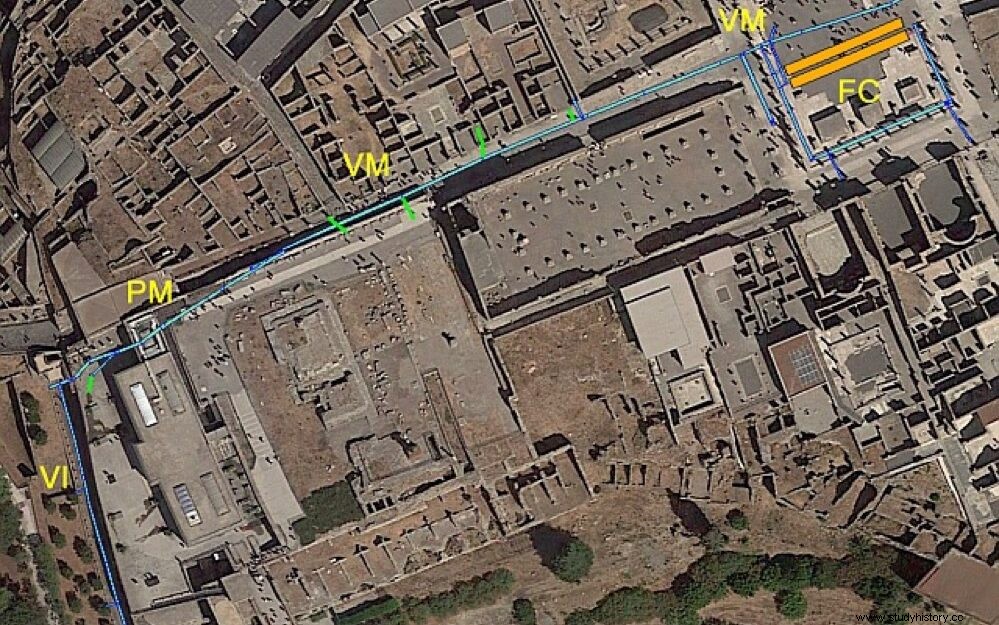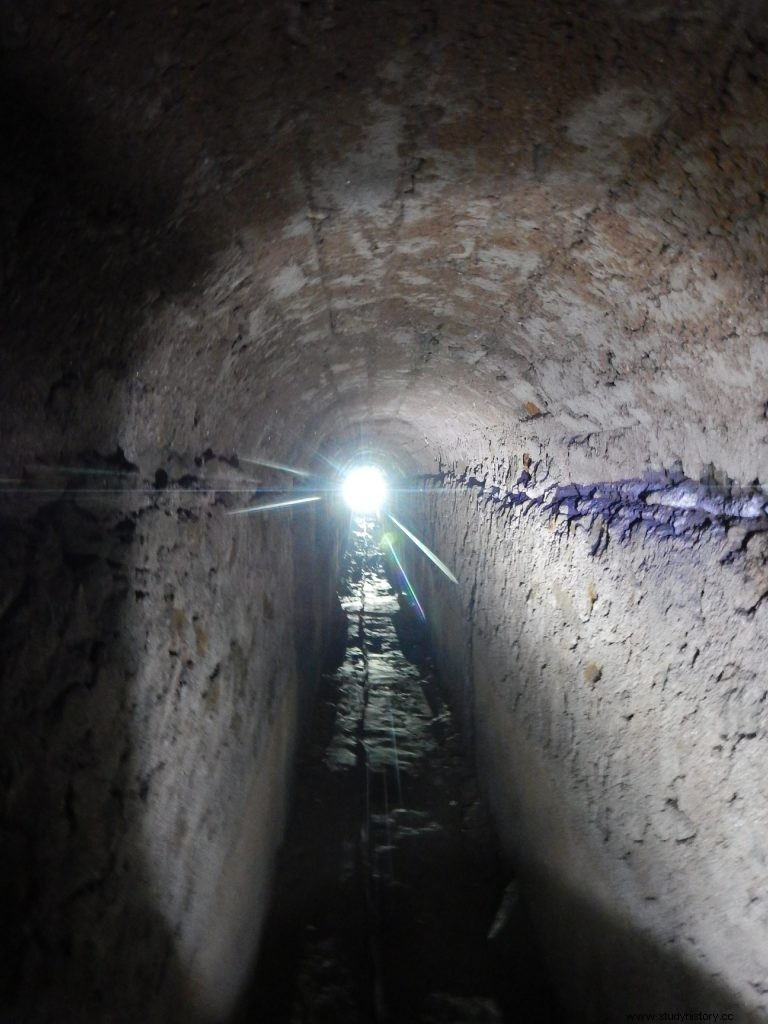The investigation of ancient Pompeii is not limited to the visible parts of the city, that is, the surface, but also focuses on previously unseen aspects, such as the study of the tunnels and drainage channels that crossed the Forum area , from Porta Marina to Villa Imperiale.

457 meters of these passages have been investigated thanks to the collaboration with the group of speleologists from the Cocceius Association, with whom the Pompeii Archaeological Park signed an agreement in 2018, to analyze and study the city's rainwater drainage system .

The objective of the researchers was to provide new information on the evolution of the area between the Civil Forum and Porta Marina, as well as to identify the possible critical problems of the system and the most appropriate ways to remedy it and keep the drainage tunnels in operation, respecting the same time the archaeological value of the ancient work.

A network of tunnels and canals has been identified and catalogued, branching off from a pair of cisterns below the Forum, running under the Via Marina and ending near the Villa Imperial. This system allowed excess rainwater in the Via Marina canal to drain out of the ancient city, into the sea.
It has also been possible to establish a chronology of the structures and of the system as a whole, albeit preliminary, and three main phases have been hypothesized for the life of this extensive underground tunnel system:a first Hellenistic phase (end of the 3rd-2nd century BC); a second in the late-republican era (beginning/end of the 1st century BC) and a third phase corresponding to the Augustinian and imperial era (end of the 1st century BC – 79 AD).
Fonts
Archaeological Park of Pompeii.
